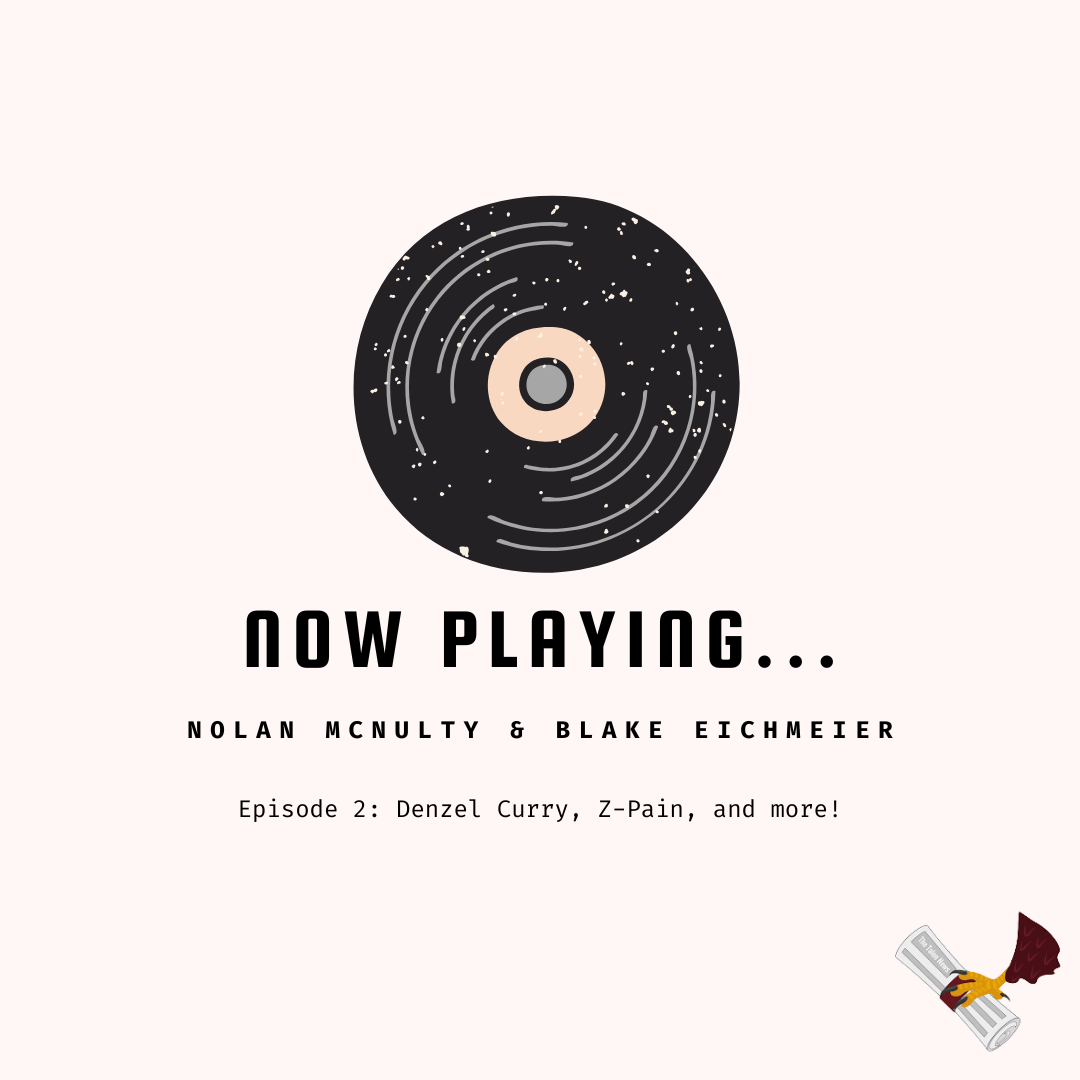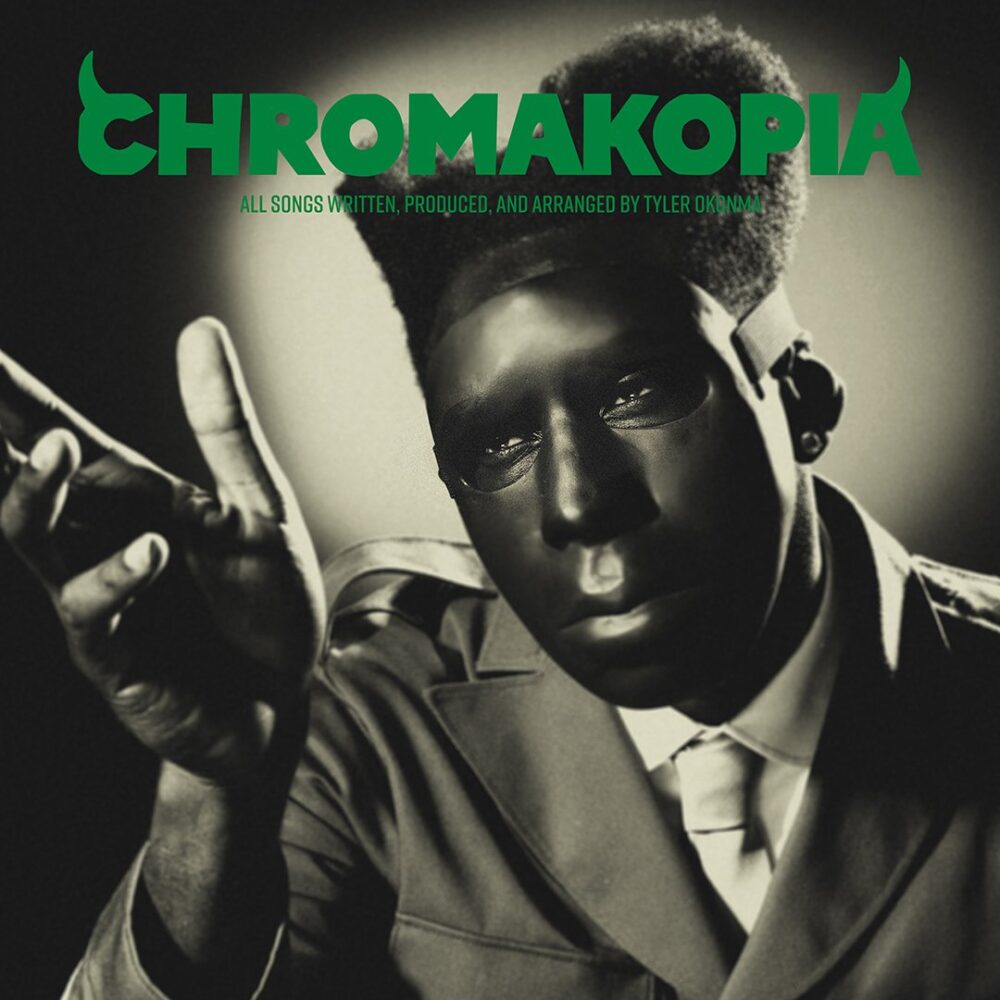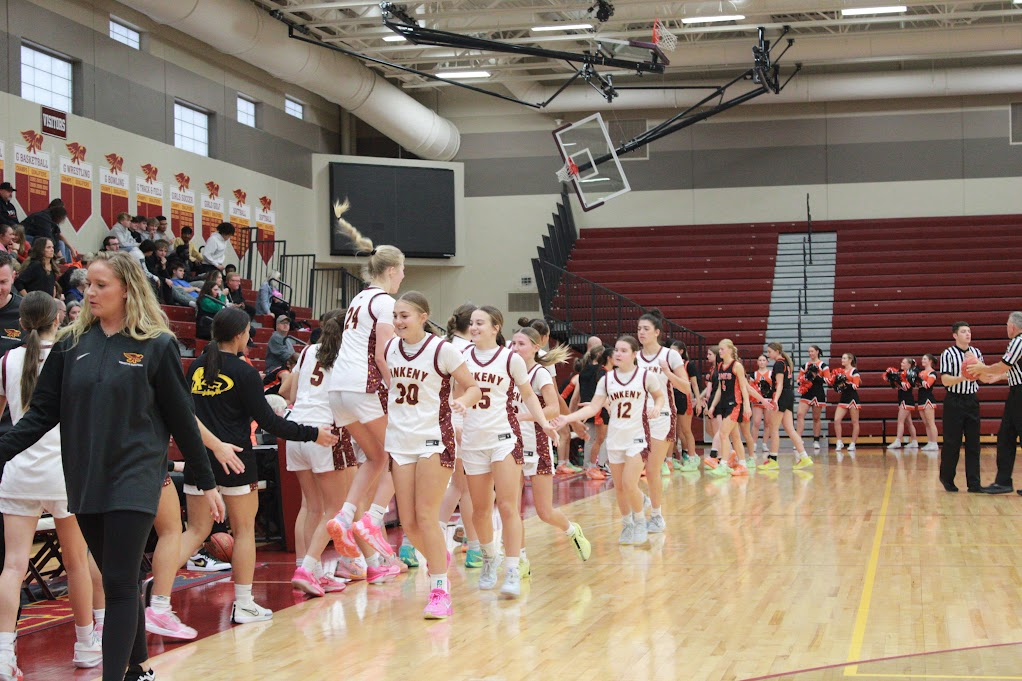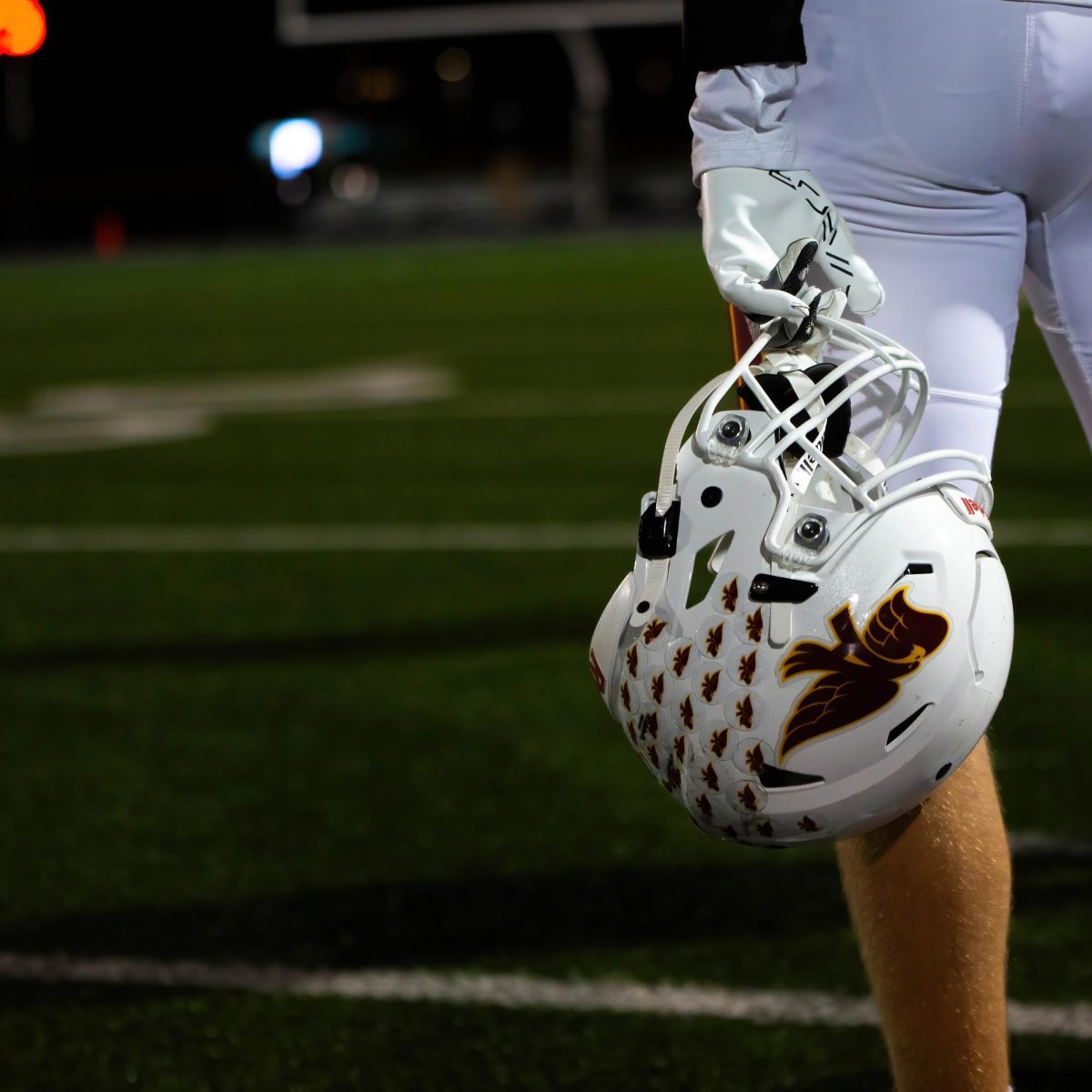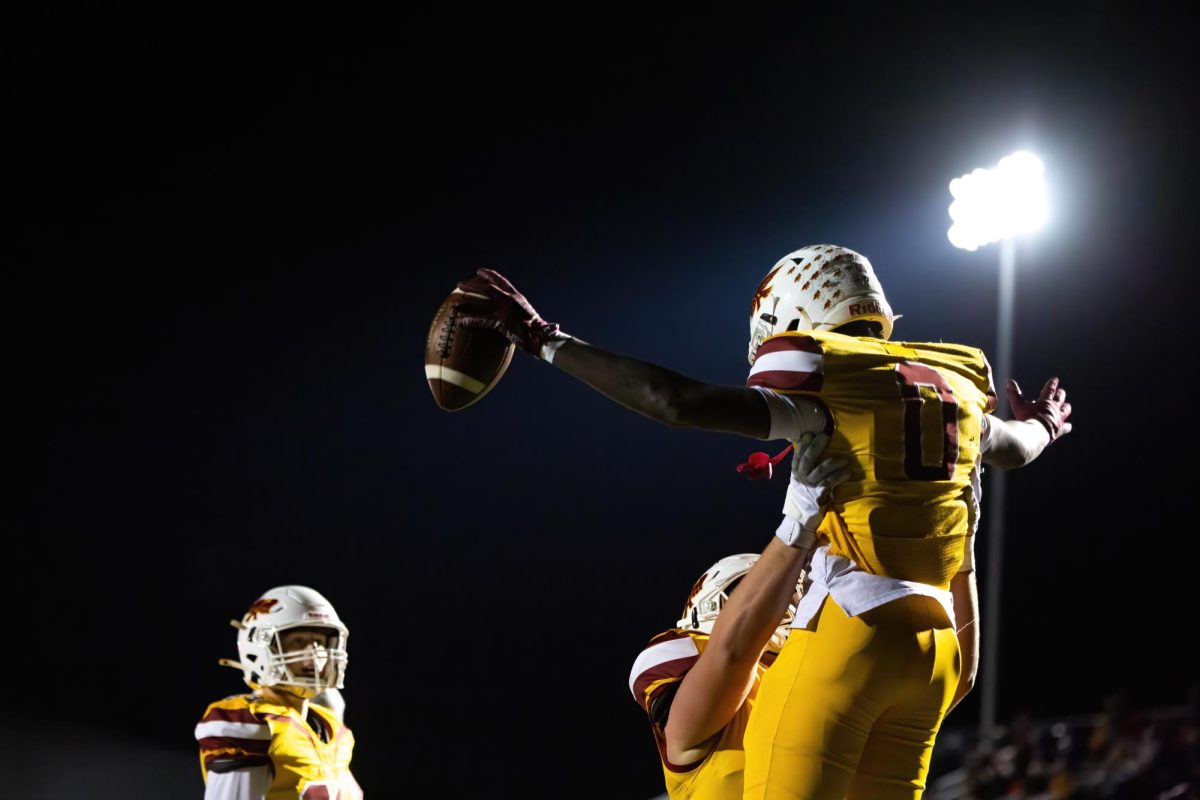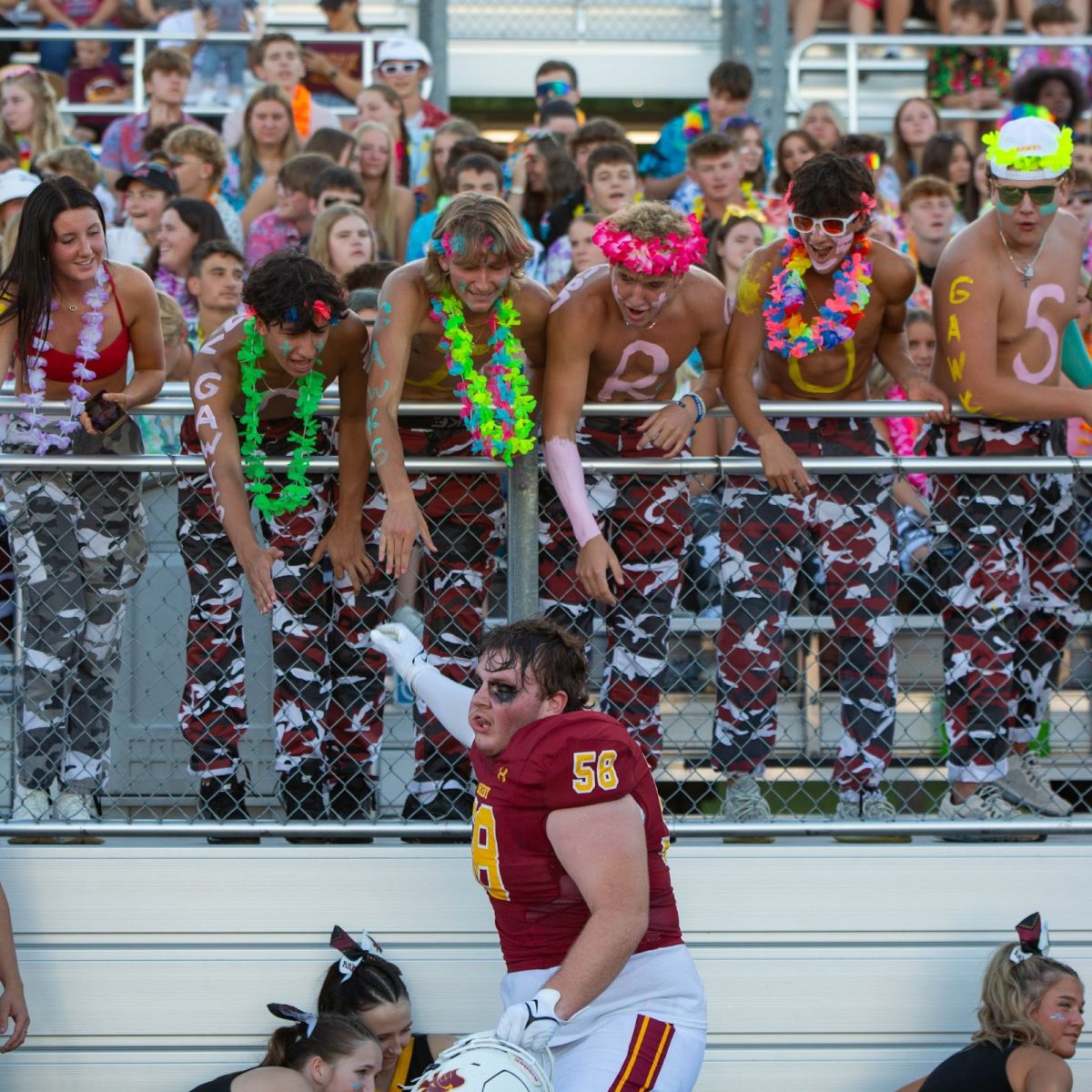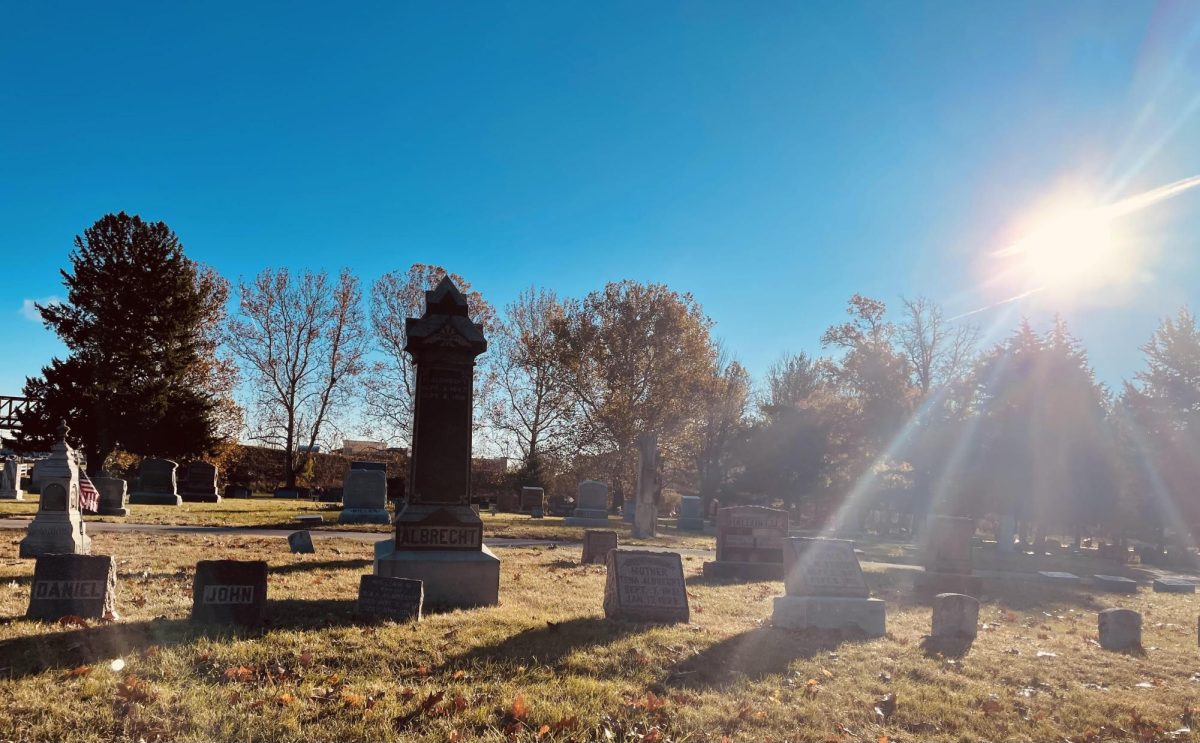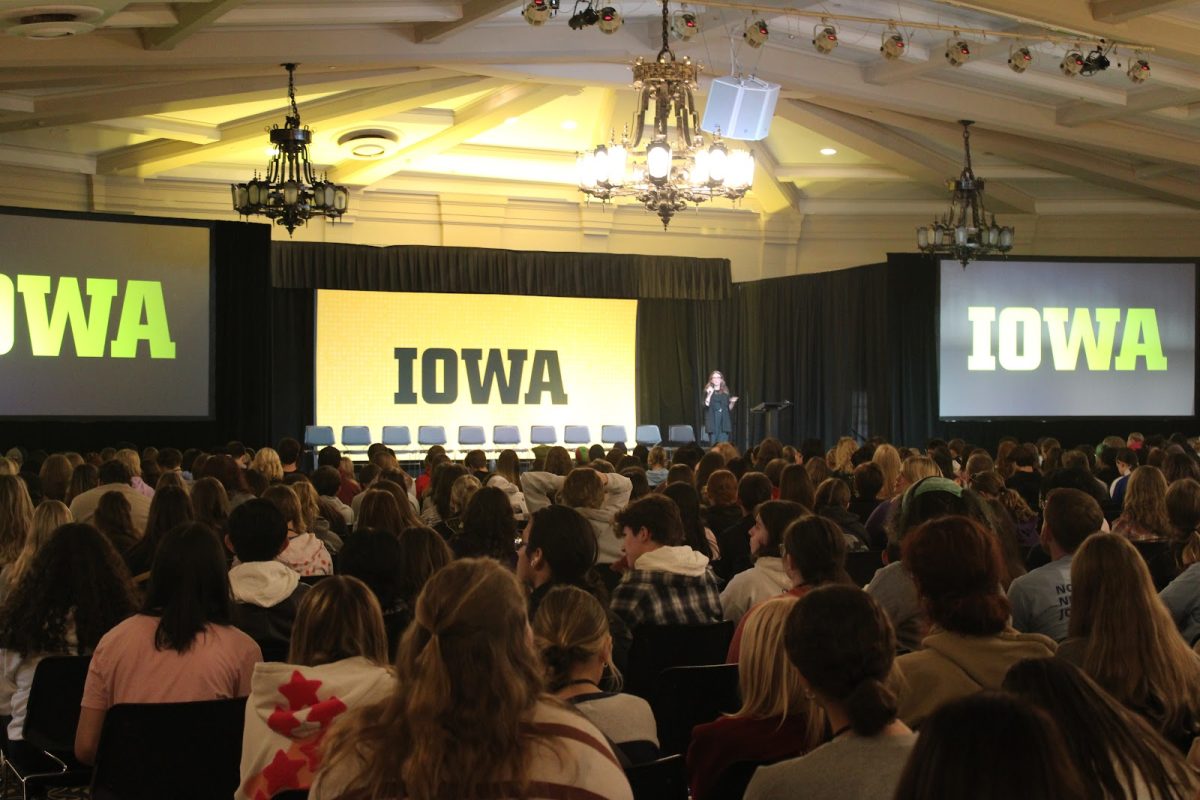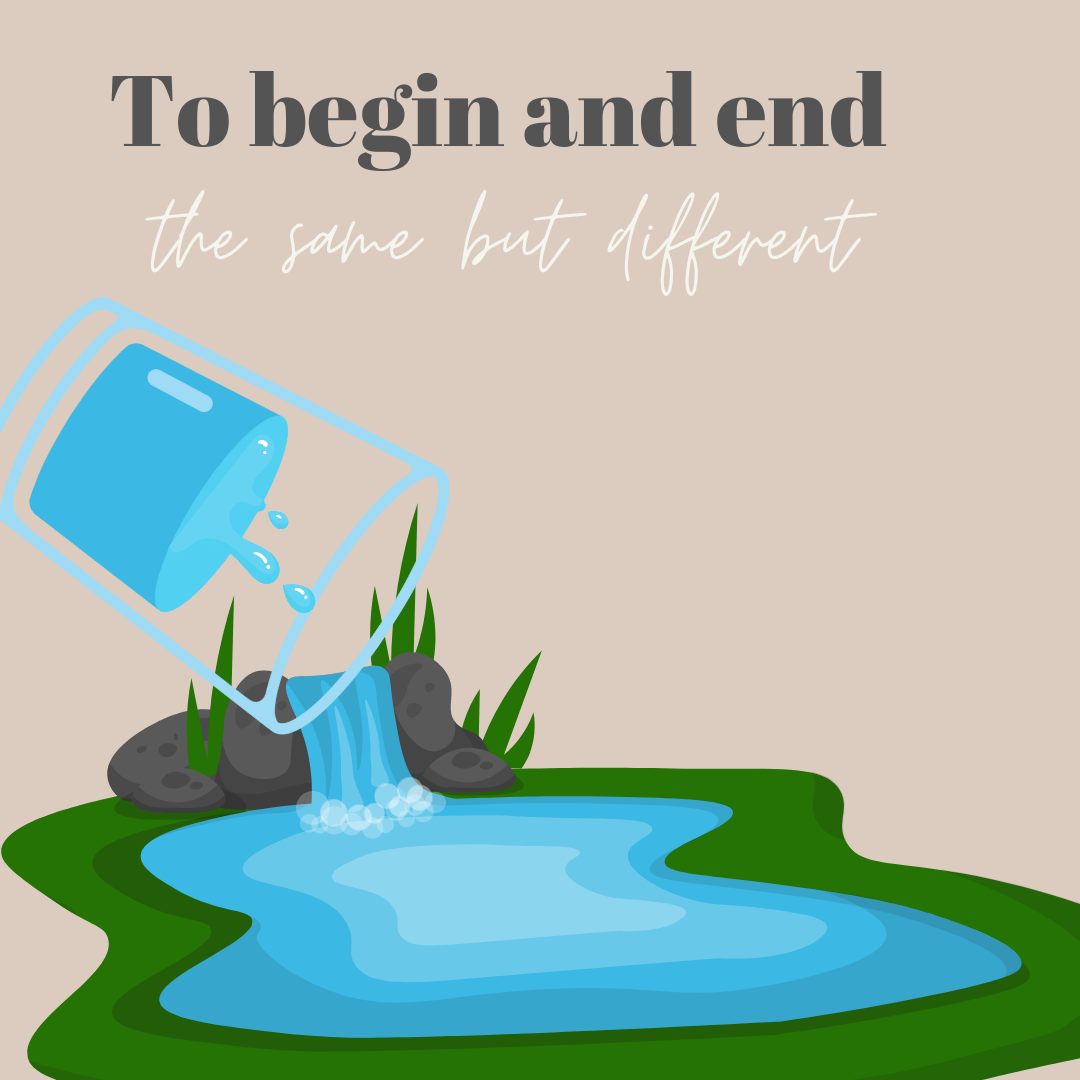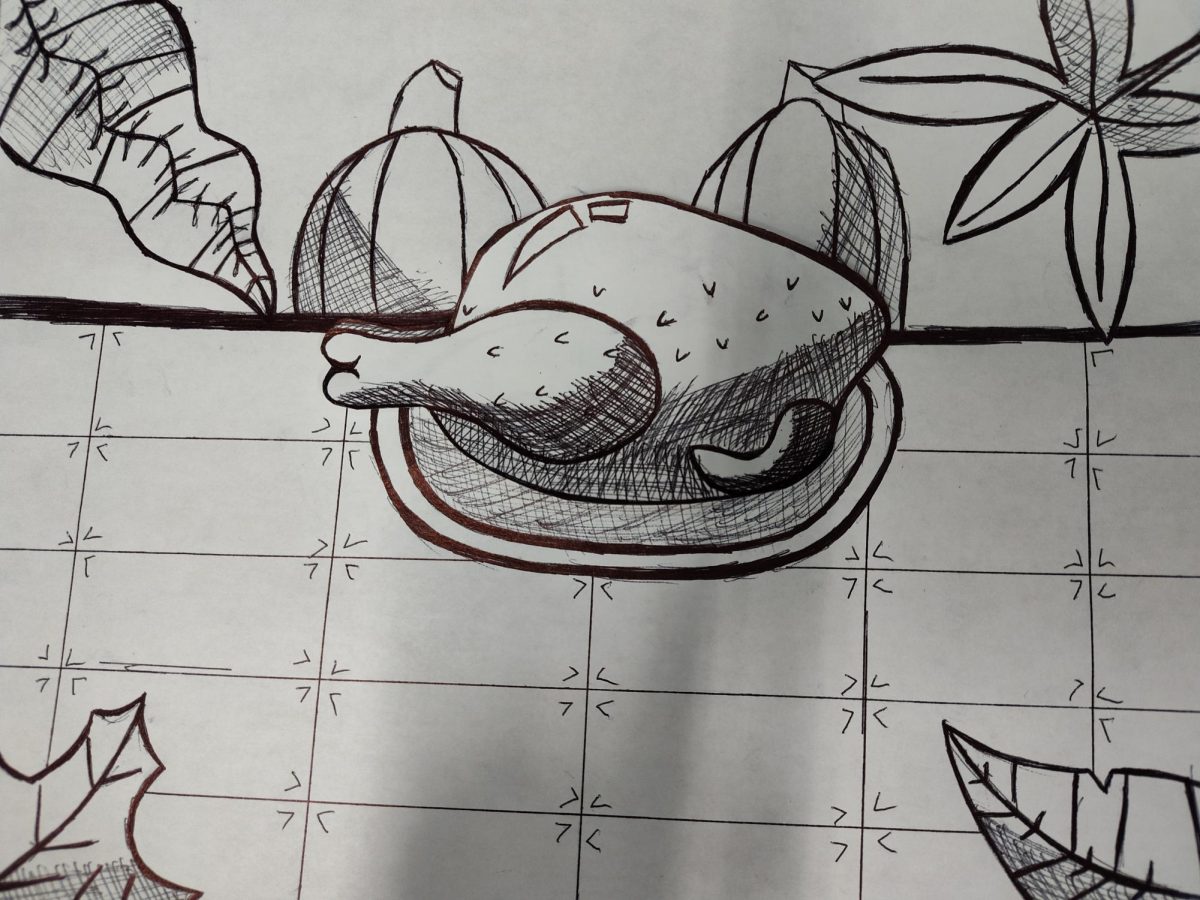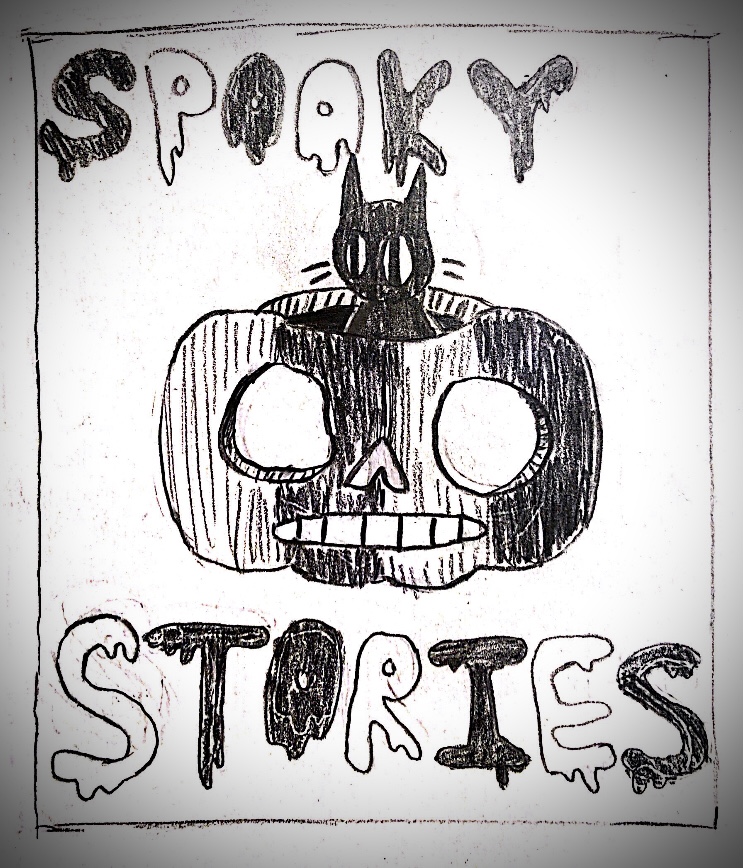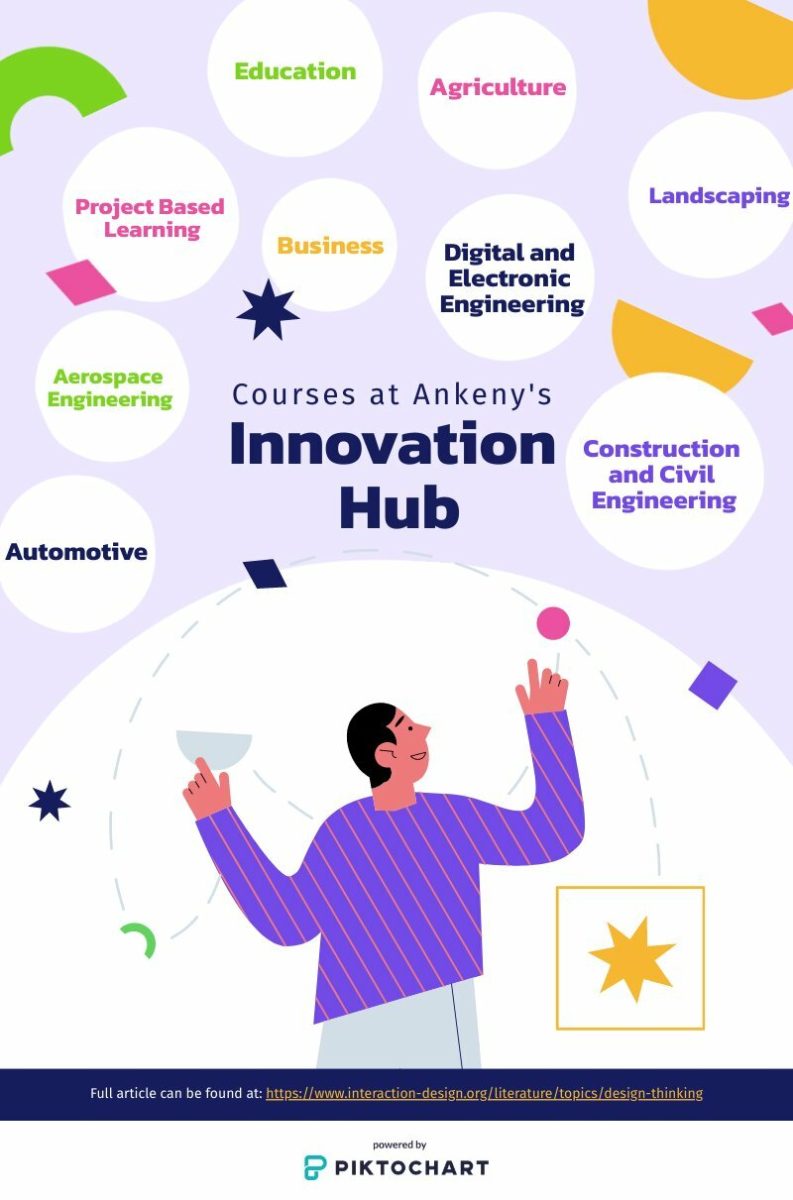The planning for Ankeny School’s innovation center is currently underway, and it is a different learning style from what students may be used to.
It is no surprise that the Ankeny Community School District is growing. The district website shows an enrollment of 12,671 students and is one of the fastest-growing districts in Iowa. In order to adapt to this change, Ankeny plans to implement an innovative secondary center in the near future. Amy Steenhoek, Ankeny’s post-secondary success coordinator, says the planning committee for this new building has had a few meetings. They are just beginning to scratch the surface of what this new programming will look like.
The future innovation center will be available for all 9-12 students, allowing them to engage in a variety of career exploration with self-initiated learning. In Ankeny’s request for proposal from Tim Simkins, the director of construction and operations, it is stated that this new building will house a variety of courses. The innovation center will be taking the place of a traditional third high school.
“For those kids who learn differently or want to do more with their hands, we can have spaces set up where they can get engaged more in the education, and then they will feel school is something they will enjoy versus something they have to do,” Ankeny School Board member Amy Tagliarini said.
Traditional classroom lectures may not be the way every student learns best. The innovation hub can provide a different type of learning and new opportunities for students, similar to Ankeny’s current Orbis program. Director of Orbis, Amy Steenhoek, states it is best for students to “learn by doing,” as they find pride in accomplishing tasks they find relevant to their future.
“I think the impact that we are hoping for is that we are empowering students through their learning, that students feel like they are driving their learning a bit more instead of just sitting and being told… and that you are curious and being proactive,” Steenhoek said.
A current member of Orbis shares her experience being in the program.
“It [Orbis] is less telling us what to do and more of letting us explore what we want to do and solving it,” senior Ava Sammons said.
Sammons also shares her thoughts on the future innovation hub and the impact she thinks it will have on students and staff.
“I think it will be good to meet new people and have classes that focus on different types of learning and leave the core classes at the high school to the beautiful, amazing teachers we already have,” Sammons said.
With a wide range of courses that will be presented at the innovation hub, students may decide that the four-year university route is not for them. They will engage in an exploration of several subjects, which could all be appealing in different ways.
“It is our job to make sure we are trying to help them get to where they want to be…Your path is going to change. It is going to change a lot,” Tagliarini said. “Also, teaching kids how to be flexible, it is okay to change. It is okay to change your mind and want to try something different.”
Steenhoek says the goal of the innovation hub is to allow students to gain leadership, communication, and problem-solving skills, all of which will be successful in several career paths. Learning these skills will help students adapt to challenges and adversity they might face throughout their lives.
“I would hope that whatever programming we have in this innovative hub, that it is a connecting point to the students’ next thing, whether that is college, a two-year program, an apprenticeship, military, going [or] straight to work, that that pathway seems a bit more reachable and doable because we have bridged the gap,” Steenhoek said. “We have. We have made a connection. We have helped you network. We have opened your eyes to new skills and interests and abilities that you have as a learner. That would be my hope.”
With the variety of career paths each student wishes to follow, it is Ankeny’s responsibility to ensure that they each have equal opportunities to help guide them toward success.
“I think if we are doing our job right, it should not matter where a student is learning,” Tagliarini said. “They should know that they have a place here in our district.”

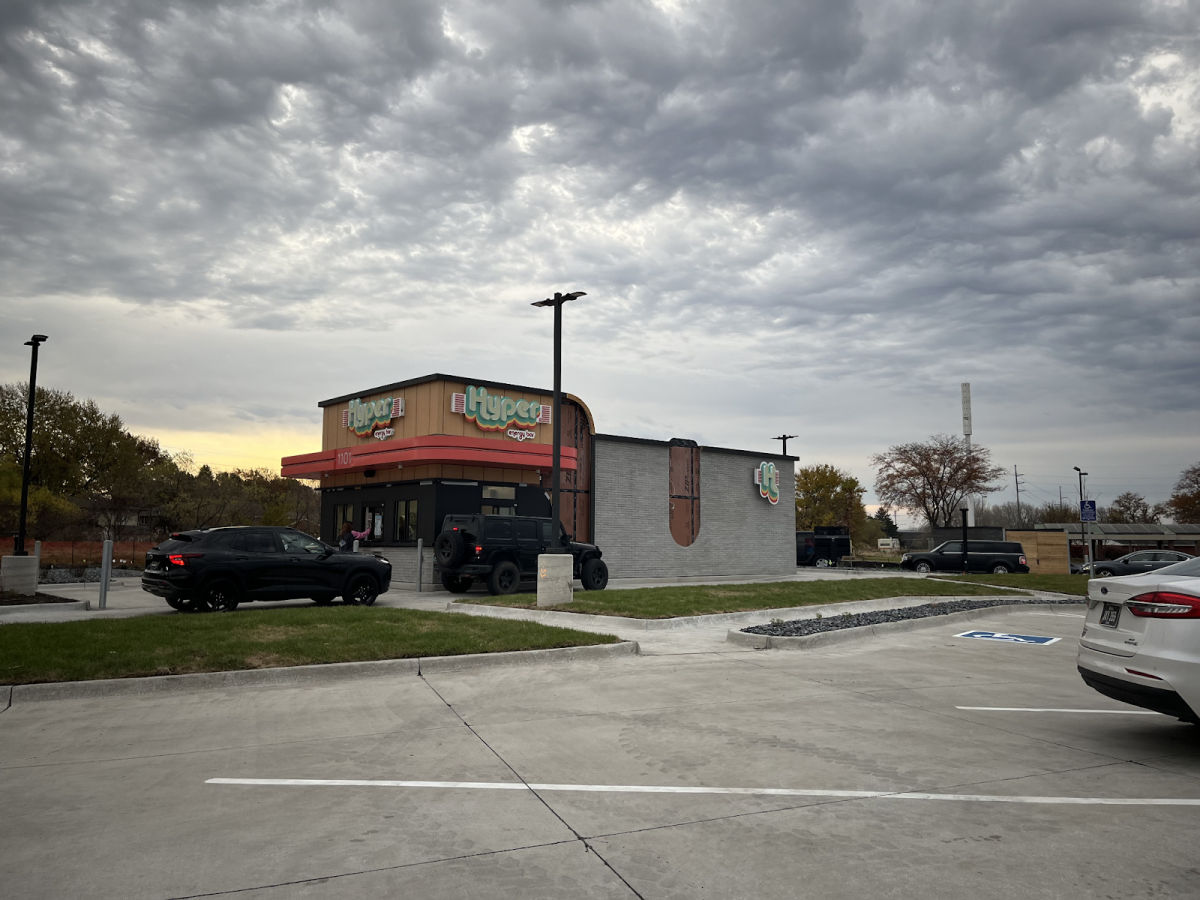
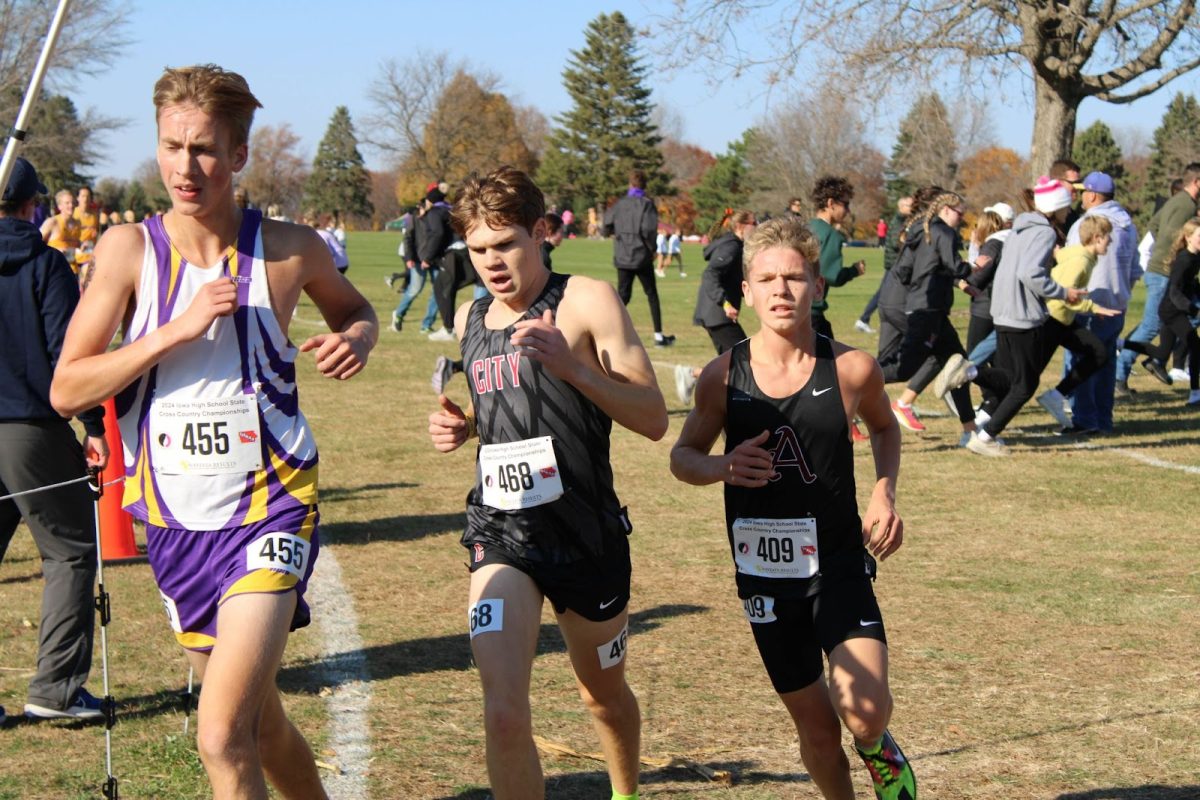

![Teacher Academy students from Ankeny Centennial, juniors Parker Wilson, Tony Mandolfo, and Sophia Royster develop their lesson plans that will be presented to the class. “[Teacher Academy students are] getting the experience of actually seeing if this is a career. They're getting that time in the classroom,” Teacher Academy and science teacher Kristen Campbell-Blumhagen (CB) said.](https://ahstalonnews.com/wp-content/uploads/2024/11/centennialstudents-1200x683.png)
